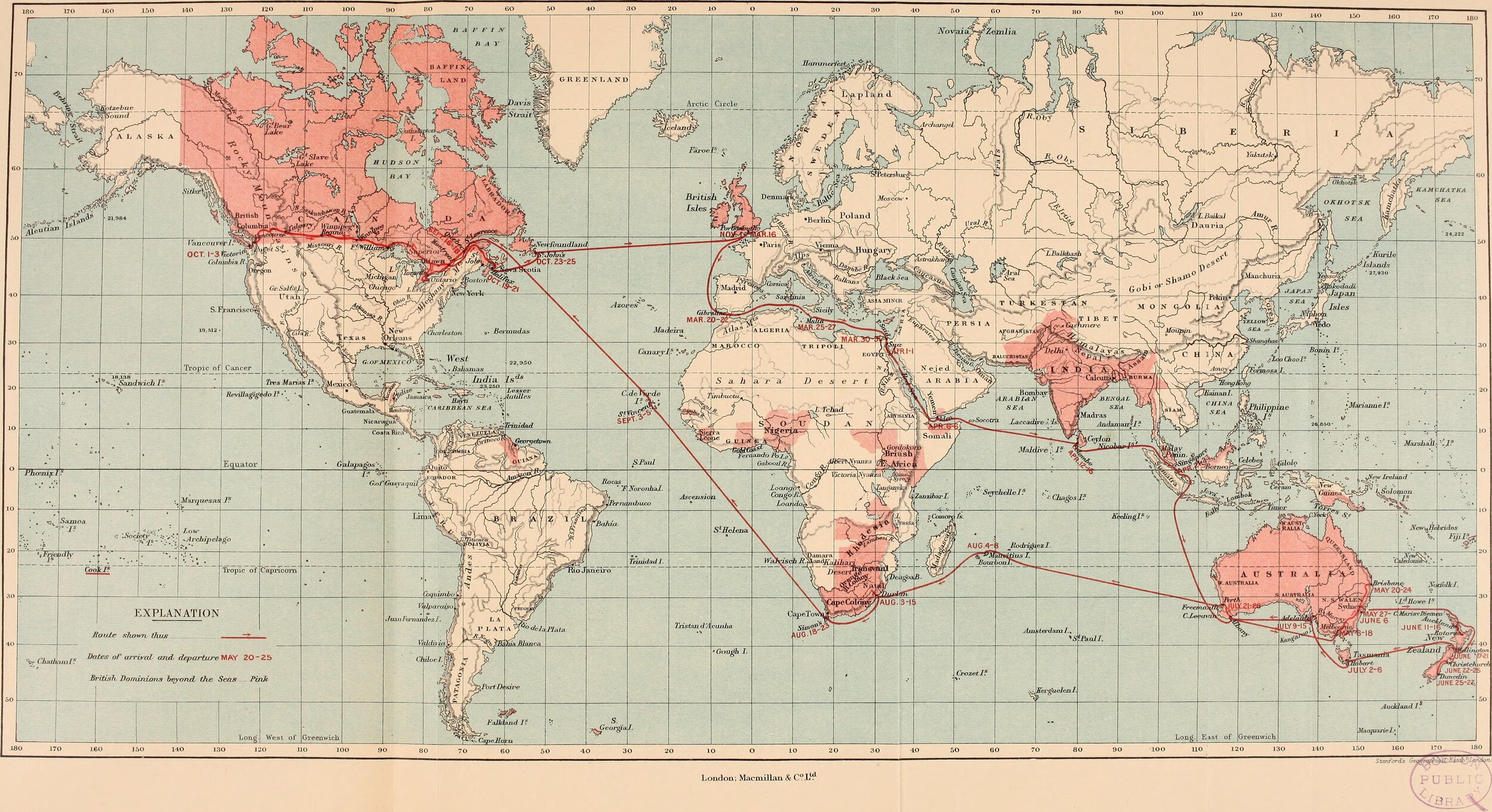
Part 5:
1945 to 2020: The Big Picture
#70 The ‘Third World’ & Development
Senator Joseph McCarthy led a government-supported campaign from the late 1940s to the late 1950s, to rid the USA of anyone with left-leaning tendencies. It was argued at the time, with justification, that he set up a witch hunt to track down subversives: people antagonistic to the high ideals which USA ideology had persuaded themselves was their own God-given destiny. McCarthy and his allies were consumed by fear and paranoia as if American civilisation was about to be taken over. The campaign was focused on people in academia, the arts and entertainment, labour union activists, and those in public service. These were accusations of subversion or treason, often without proper evidence.
#68 The Marshall Plan: Protecting Europe from Communism
The Marshall Plan had several purposes. First, the American economy needed outlets for export, and second, the entire European and Japanese economies were in ruins and debt from the war. The Marshall Plan provided much-needed trading dollars. The plan was also intended to counter the attractions of Soviet Communism and probably saved western Europe from following a socialist path. The infrastructure of Europe, including a large number of homes and factories, had been destroyed by the war.
#64 Controlling the Peace: The Re-establishment of World Power
Readers of these blogs will know that establishing world power has always required sophisticated ideology to justify action across the world. The centre of ideology in the hundreds of years after 1492, up to 1945 centred on race and racism; that European and then American invasions were by ‘superior’ peoples. Race was always a flexible tool and the exact variant varied over time determined by who were the perpetrators of the invasions and the moment in history.
The ideological story that followed 1945 would be determined by the USA. This blog discusses the new ideological tale told by the Americans and the old European colonial powers who had lost all their colonies as a consequence of the wars that ended in 1945.
#63 American Imperial Rule: American Intervention, Colonialism and Foreign Policy
‘The American century’ is considered the 20th century after 1945. From this time onwards, until the 21st century when China came again on to the world stage, America reigned supreme. This and the next several blogs will outline the framework and the choices she made to achieve global supremacy.
Unlike the earlier global powers, the US government and their think tanks carefully considered their options and structures. The earlier imperial powers had been led in the main by adventurers and privately financed enterprises. After 1945, American imperial expansion was led by her Government. And she knew the institutions which she wished to create to achieve world dominance.
#62 Independence, Democracy Freedom from Colonial Rule
All the old colonialist powers in Europe lost global power. After 1945, the USA consciously decided that it had a ‘competitive advantage’ over all other states. She was sufficiently strong economically that she did not need colonies to take a globally dominant position. During her discussions with Britain in 1943, she laid down that one of her prime conditions for the peace was that all colonised countries were to be open to USA trade. By 1945, the USA was sufficiently powerful to enforce this decision against the wishes of the older colonising powers in Europe and Japan.




